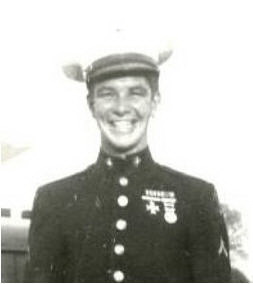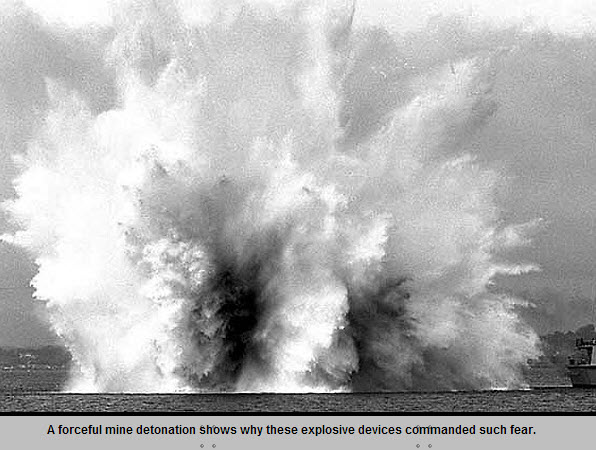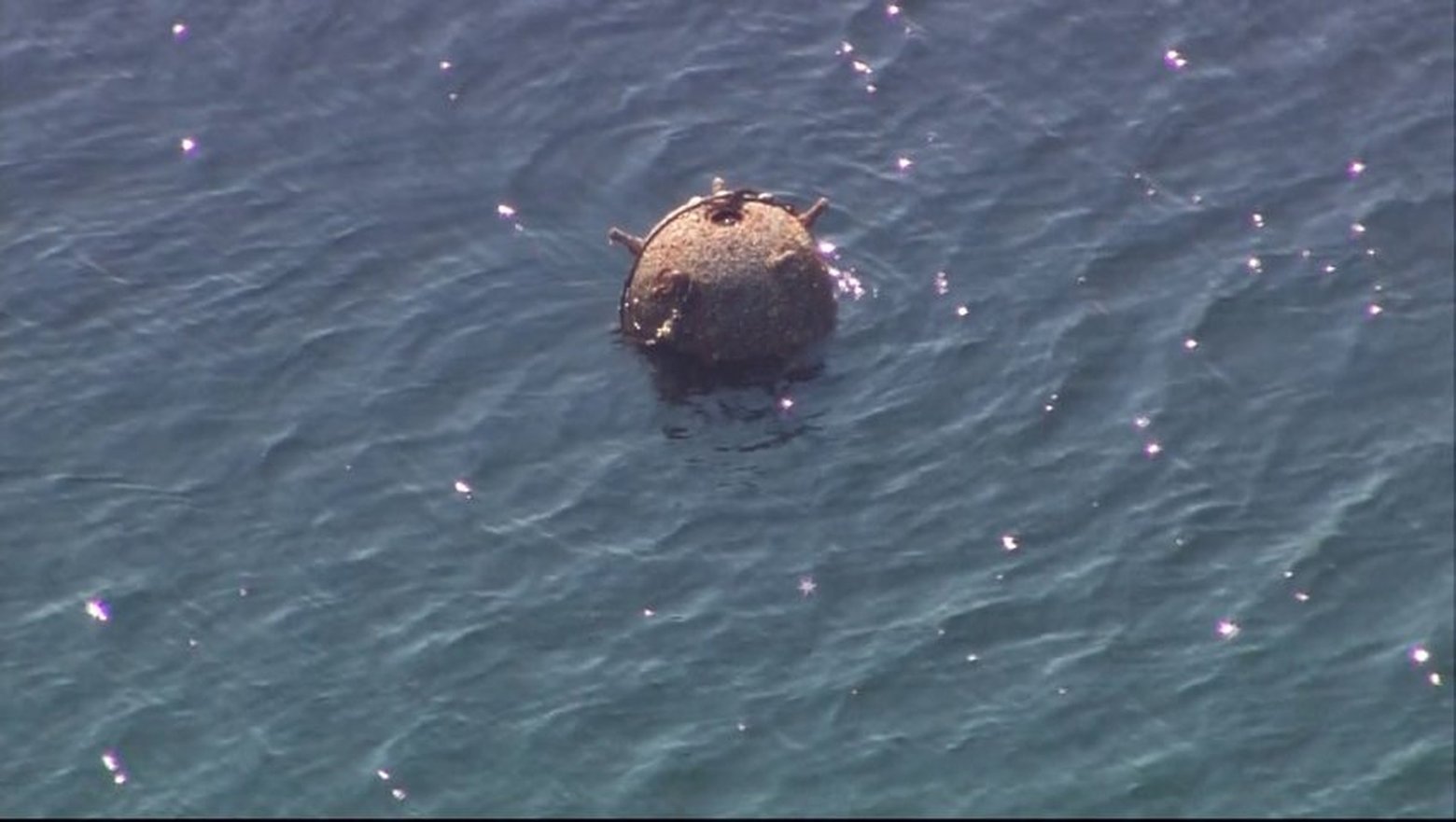

Aubrey Diehl - recorder of this Diary
East China sea Operation
Updated 09/10/2021
The following observations were taken from a diary kept by
July 4th
Tankers and CVE’s can be seen on the horizon as daybreak
approaches. All ships including the CVE’s refuel. The present "Task Group 32"
consists of the Battleships TENNESSEE, CALIFORNIA, NEVADA,
Cruisers WICHITA, ST. LOUIS,
and CHESTER. And a Destroyer screen. The CVE’s SANTEE, CAPE
GLOUCESTER, LUNGA POINT and FANSHAM BAY. Rear Admiral Oldendorf on the
TENNESSEE is the flag. We (TG.32) are to cover a series of mine sweeping
operations west of Okinawa in the middle of the East China Sea and is estimated
to take about two weeks. The heat hasn’t slacked up except for the little
rain we had earlier in the day.
July 5th
Saw "Pardon my Rhythm" (Child stuff) The only good thing about this
operation is that we have excellent air coverage.
July 6th
Patrolling as directed. Our main duty is supporting and supporting the mine
sweepers.
July 7th
This far approximately 8 mines have been exploded. These mines are believed
to be ones that have drifted from Okinawa. A few alerts from "Snoopers" but none
have been sighted by our TG. The C-A-P has splashed only three. There is a
Cholera epidemic threatening on Okinawa, but it now seems to have been checked.
Reports of numerous cases of Dysentery. The days are still hanging hot, and with
the cool nights almost the entire crew have colds and few scares of "Cat Fever".
This new watch gives me four 12-4 watches in a row. Watch one is certainly in
need of some good sleep.
July 8th
One definite submarine contact. All ships made an emergency right turn. One
Destroyer dropped several depth charges but submarine mysteriously disappeared
from screen. It was thought the Submarine settled to the bottom. Two air alerts;
one which was a proven Jap. The C-A-P could be seen right behind him, but the
"Boogie" went west into the clouds. Of all the air alerts this time out, only
two were actually bogies and only one of them was splashed.
JULY 9th
The weather has become quite comfortable due to a thick high overcast
and steady breeze a little rain the morning and last night.
A Destroyer off our port quarter at 12,000 yards sank one mine but it failed
to explode. This ship is certainly getting "PEACETIME" A
couple days ago an F4U crashed on the flight deck of one of the CVE’s destroying
two others planes and causing several casualties. The
SALT LAKE CITY
joined our force this morning. In this force we have four Admirals. One Vice
Admiral on the TENNESSEE, a Rear Admiral on the
WICHITA,
and
SALT LAKE CITY
and another one on one of the CVE’S.
JULY 10th
Conducted Condition (3) AA firing. DD722 brought out 105 bags of mail
and nine passengers. Most of them were men left behind for treatment or
hospitalization. One man has just now caught up with us after 7 ˝ months (Since
Leyte Gulf). Several pieces of flotsam were shot at but they were either empty
oil drums or driftwood.
JULY 11th
Still patrolling, Our position is approximately 250 miles north of
Formosa, 120 west of Okinawa, and 210 miles from the China coast.
July 12th
Held tactical maneuvers all morning. 4 mines were sighted and shot
at. Only one exploded, the others merely sank. Rumors say we finish up this
operations Sunday.
July 13th
Air alert at 0400. More tactical maneuvers. DD 723 brought out 14 bags of
mail 1st class mail. AA firing for mounts 3-1 and 3-3 US Warships
bombard Japanese homeland.
July 14th
C-A-P, shot down one "Betty Bomber" during dawn alert. Saw the picture
"Desperate Chance " was OK
MINE SWEEPING IN EAST CHINA SEA

Mine sweeping as remembered by Jack Jones, a deck hand at the time.
Our duty was to provide surface and air protection for the ongoing minesweeping operations. and escort for mine sweepers with their rigged Para-vanes for cutting mines loose in the area. These Para-Vanes were interesting pieces of Naval equipment. They had the appearance of a large fuel tank one would have noticed under the wings of aircraft. Fins and elevators (like the elevator on the tail of an airplane) were capable of being set so these pieces of equipment when towed by cable from the mother ship would ride at a pre-determined depth and distance out from the side of the ship, like 100-200 yds or so. Maybe more, not being of this rating I didn't know this type of information. Each carried a signal flag which protruded out of the water above where it was riding in tow. These Para-vanes would be streamed out behind a ship. The ship would in a drawing look like an head of a "V" with the arms behind being the cables to which the Para-vane was attached.
CUTTING MINES LOOSE:
There was a cutter bar somewhat like the blades of a grass
cutter, below and attached in some manner to them and so in the towing of these
devices, if an anchored mine chain, contacted the tow cable, it would ride or
slide along the cable towards the para-vane because the towing ship was of
course moving forward. When the chain attaching the mine to its anchor slid
along far enough to reach the para-vane its chain would slide into contact with
the cutter bars, the pressure of a foreign cable being pulled into the mouth of
these cutters with the para-vanes underway would trigger an explosive charge,
this charge would be the closing lever to cause the cutters to slam shut
shearing off the chain from its mine. The mine would then free surface.
The rigged and running Para-vanes would be constantly under observation, when the flag dipped somewhat like a bobber on a fish line. It had made contact. The mine would be sheared loose, and float free. One of the smaller ships would move in an explode it with a 20 mm gun. Firing continually until it exploded. Mines are much larger than you think. They are dangerous and ugly, with horns which contain the detonators sticking out from the sides. They are probably three to four feet in diameter.

FREE FLOATING MINES:
"Floating mines are really Hairy" All mines in an area
heavily mined as in this set of waters were not anchored. Through the movement
of the seas, storms etc. Many would break loose and be a menace to all ships,
the original Navy that had laid the mines was in danger also. They had to be
blown out of the water by firing at them.
Destroyers or Destroyer escorts ( a smaller vessel) were usually the ships that were assigned the jobs of moving in close enough to fire at them with 20 mm's. Loose ones floating were always looked for (and found) The look-outs spotted a close one we all remember. It was sighted floating free and practically in our track. It floated past slowly, (we were cruising slowly also) down past the side of the ship. The ship cannot turn quickly at that point, because the wash might cause the mine to move in touching, and in turn cause an explosion which if not sinking would most certainly severely damage and more than likely inflict personnel casualties to a ship.
MINE WATCH:
As a result of the above near miss, a mine watch was
established during this mine sweeping and clearing operation, "Lucky Me" and few
other deck-hands with my low seniority from our division were listed for this
watch. All the deck divisions to be fair, furnished so many men to stand this
lousy watch. One person only at a time would climb up on top of forward turret
two, the high turret on the bow, wearing foul weather gear and bundled up, it
was uncomfortable there in the wind, we sit on the edge of one of the life rafts
secured on top of each turret, given binoculars and told to watch the oncoming
sea for floating mines. How I or any one else could have seen one and in turn
warn anyone in time for the ship to veer is beyond my imagination. We wore sound
powered head phones connected to a phone talker on the bridge. It was a
certainty in my mind, if we hit one, I was a goner. I surely would be blown sky
high off the turret.
AIR STRIKE BECAUSE WE WERE THERE:
One air strike was conducted by carriers of the Force
against the Chosen-Hangchow area, this probably to remind the Japanese that a
task force large enough to warrant a carrier was in the area, and to keep their
heads down or suffer the consequences. The Japanese had very few operating
forces in China by this time in the war. We had no fear of land based planes
from China. The St. Louis
retired to in late July, returning to the Okinawa area
anchoring in the Buckner Bay area for replenishment.
Jack R. Jones, 2nd Division USS St. Louis CL-49